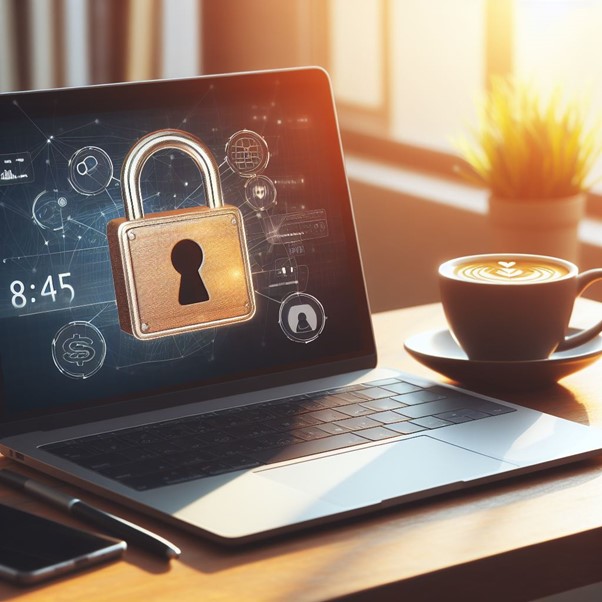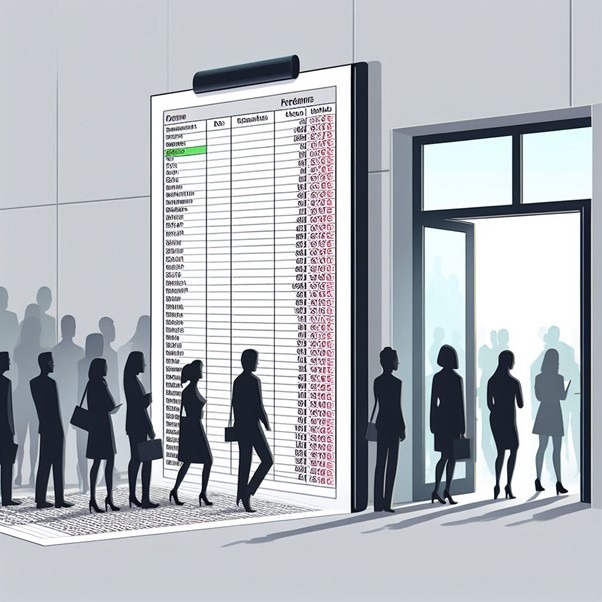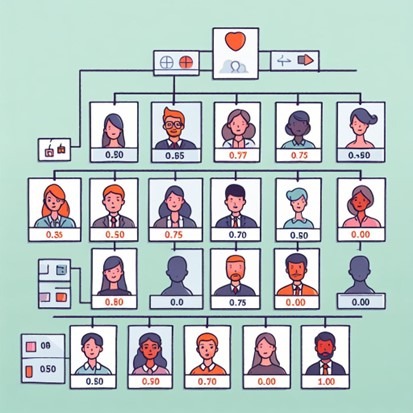Burnout and overwork are wreaking havoc in office- or remote-based workforces, you’ve only got to read the business press or online groups to appreciate the extent of what is happening. Monitoring employee activity is not so much about trust, more a question of preventative measures as in most regulated jurisdictions the employer holds a duty of care for employee well-being in the workplace.
One simple step is to reduce unlimited access to business systems, thus preventing the temptation to log on and work at odd hours of the day or night. The access restriction to an HR & payroll system can be configured in the Security Matrix to align with contracted working hours.
Example 1 – An office-based worker:
Employee G is contracted to work between 9.00 am- 5.00 pm Monday-Friday, to include an hour for lunch. (35 hours per week)
System access can be configured to allow entry at 8.30 am until 5.30 pm, to allow time on either side. Any access beyond that can be requested by email to a designated inbox and automatically granted, but that request will be logged and subject to review over time to see if there is a reason for above-normal access.
Example 2 – a remote worker:
Employee H has a remote work contract from 8.00 am to 6.00 pm Monday-Friday but has agreement to take the hours between 12.00 midday and 3.00 pm each day to attend to some family responsibilities. (35 hours per week)
System access can be configured to allow entry at 7.45 am until 12.15 pm, and again entry at 2.45 pm until 6.15 pm. The authorisation and logging of additional time would be as described above.
The time has come for employers to stop expecting free work from their employees under the banner of ‘loyalty’ and to start looking after them in a constructive way.





